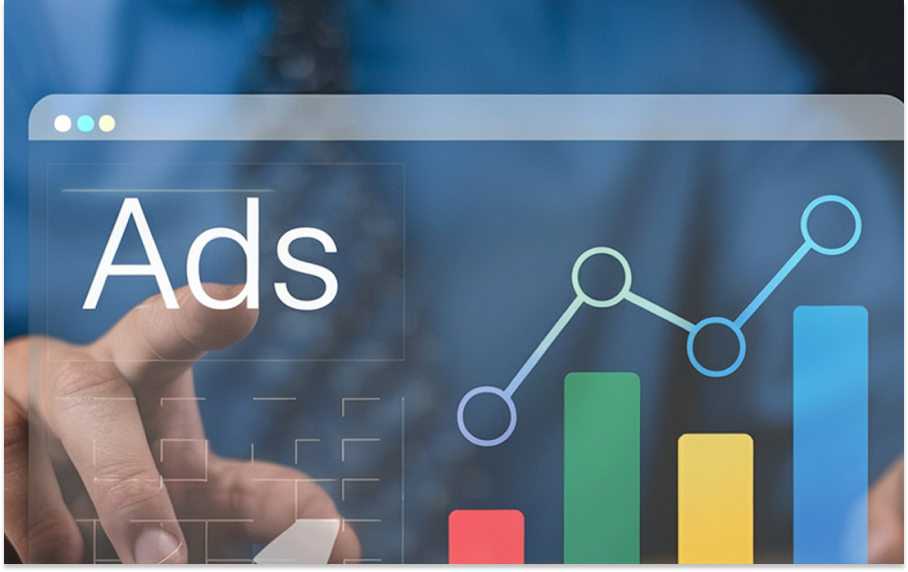

Marketing is among the crucial pillars of a business because it is the channel through which you communicate with your audience, inform them, and educate them about your products and services, leading to sales. Generally, this communication occurs through multiple channels such as newspapers, TV, radio, billboards, sponsorships, etc. This is called traditional marketing, which has been evolving for decades.
However, many unique marketing strategies have developed in the era of Internet connectivity. One such strategy is real-time marketing, also called moment marketing, which is based on the latest trends and viral content. Both types of marketing are unique in their respective ways, with their own merits and demerits. Choosing one entirely depends on your audience and your business.
Now you may wonder: What is real-time or moment marketing, and how is it different from traditional marketing? This article will answer all your questions.
Now you may wonder: What is real-time or moment marketing and how is it different from traditional marketing? The blog will answer all your questions in this regard. Stay tuned to learn more!
Often abbreviated as RTM, real-time marketing refers to the process of engaging with customers instantly based on breaking news and information. It focuses on maintaining a constant relationship with your customers using advanced data. This type of marketing is also called moment marketing and prioritizes events, customer feedback, and social media trends to interact with the audience in real time.
As a business owner, you listen to your audience’s requirements using various tools to address them promptly. It helps you connect with your audience, convey your brand’s position, and drive conversions.
Traditional marketing, also known as offline marketing, uses conventional methods to promote a brand, product, or service. Such marketing uses established channels like television, radio, newspapers, flyers, billboards, text messages, and so on.
It is called offline marketing because it existed before the Internet. Traditional marketing is a tried-and-tested strategy to create brand awareness and boost visibility. Even in the modern market, traditional marketing remains relevant and effective.
Provides your business with more flexibility
Encourages two-way communication between you and customers
Cost-effective solution
Leverages informed decision-making using data-driven methods
Global reach without incurring extra costs
Highly advantageous mainly for a tech-savvy, urban audience
Can be easily ignored using ad blockers
Conversions may be intricate
Requires skilled professionals to evaluate performance
Builds steady relationships with customers
More credible
Increases brand value
Highly beneficial for targeting offline audiences
Broader influence
Less scope for personalisation
Challenging to track campaign performance
Can be costly
Limited by geographical restrictions
1. Channels
Real-time marketing: Responds to trends and events as they happen.
Traditional marketing: Relies on established channels such as print, radio, TV, billboards, catalogues, and letters.
2. Speed and Agility
Real-time marketing: Fast and agile, designed to capitalize on immediate opportunities.
Traditional marketing: Uses broader, less adaptable campaigns that require more planning.
3. Examples
Real-time marketing:
Trendjacking
Reacting to trending hashtags
Creating ad campaigns based on memes or viral content
Addressing customer complaints instantly
Traditional marketing:
Newspaper ads
TV commercials
Radio jingles
Billboards
4. Engagement
Real-time marketing: Enhances engagement, provides tailored experiences, improves brand visibility, and can lead to higher conversion rates.
Traditional marketing: Builds reliability and brand recognition, and reaches a large local audience.
5. Communication Style
Real-time marketing: Highly engaging with two-way communication.
Traditional marketing: One-way communication with planned campaigns.
6. Measurability
Real-time marketing: Data-driven and measurable using digital tools.
Traditional marketing: Broader, less targeted, and harder to measure.

There is no definitive winner between the two; both are valuable for different purposes:
Real-Time Marketing: Best for businesses wanting to engage a specific group instantly, gain insights about audience behavior, and keep marketing expenses low.
Traditional Marketing: Ideal for reaching a large local audience, older demographics, or customers less active online.
The key is understanding your customer base and where they receive insights about your brand. This will help you choose the strategy that aligns with your business goals. One is not universally better than the other—they serve different purposes.
Choosing between traditional and real-time marketing can be tricky, but understanding your business landscape is vital. Real-time marketing offers cost-effective solutions, instant tracking, and precise targeting, providing tools for success in a fast-paced world. Traditional marketing continues to work well for long-term brand awareness and reliability.
Whether you combine both strategies or focus on one, the goal is long-term business success.
Unlock the power of real-time marketing and stay ahead with Innovkraft Inc a leading digital marketing company in Bangalore. Contact us today and transform the way you engage with your audience!
Ready to discuss your project? Chat with our team
More to Explore